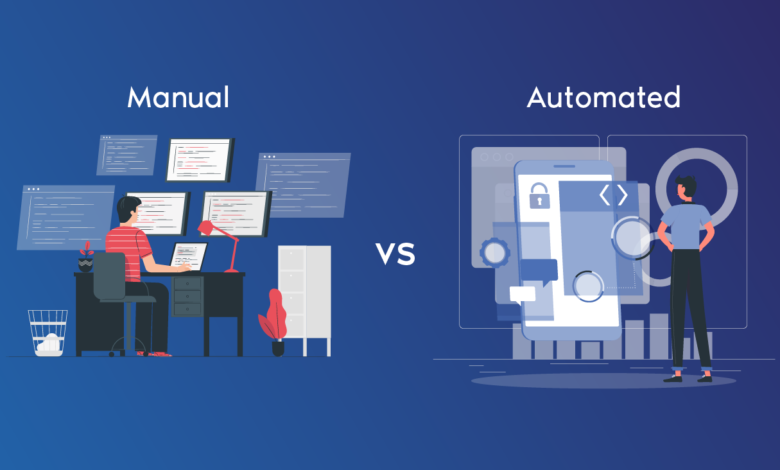A Comparative Analysis: Automation Testing vs Manual Testing

With the rising requirement for top-notch software, the significance of proficient and productive testing has surged. Currently, two main techniques for software testing prevail: automation testing and manual testing. Automation testing makes use of software to implement repetitive or time-consuming tests, while manual testing depends on human testers for executing tests.
Knowing the pros and cons about both types of testing is important to determine the best fit for your precise needs. This blog will explore manual testing vs automation testing, examining critical aspects such as speed, precision, expenses, and scalability. So, let’s check out.
Pros of Automation Testing
Automation testing entails utilizing specialized software to perform tests that are repetitive, time-consuming, or challenging to conduct manually. One of the primary advantages of automation testing is the notable time efficiency it provides. Automated tests can be conducted at a significantly faster pace compared to manual tests and can be rerun repeatedly to ensure consistent and precise results. This enables testers to concentrate on more intricate testing scenarios that necessitate human intervention. Another advantage of automation testing is its potential to enhance the accuracy of test results.
Cons of Automation Testing
Despite the numerous advantages of automation testing, it also has certain drawbacks to consider. One primary disadvantage is the initial complexity and time investment required for setup. Preparing and planning automated tests demand considerable time and resources to ensure their accuracy and effectiveness. Another issue with automation testing is its relative inflexibility compared to manual testing. Automated tests follow predefined steps and may struggle to detect complex issues that necessitate human intervention.
Pros of Manual Testing
Manual testing involves human testers executing tests manually. One of the key advantages of manual testing is its inherent flexibility. Manual testers can rely on their judgment and expertise to identify and diagnose complex issues that automated tests might struggle to detect. It does not require the same level of investment in specialized software and hardware as automation testing, making it particularly advantageous for smaller software projects or resource-constrained companies.
Cons of Manual Testing
Despite the numerous benefits, manual testing also has its share of drawbacks. One primary disadvantage is its time-consuming and repetitive nature. Manual testers may need to conduct the same tests repeatedly, which can be tedious and heighten the risk of human error. Another concern with manual testing is its potential for lower accuracy compared to automation testing. Manual testers may overlook defects that are not immediately apparent or lack the ability to detect defects requiring specialized knowledge or tools.
Conclusion
In conclusion, the comparison of automation testing and manual testing reveals the respective advantages and limitations of each approach. Automation testing offers time savings, enhanced accuracy, and scalability, while manual testing provides flexibility, cost-effectiveness, and human judgment.
In today’s fiercely competitive software development landscape, embracing enterprise test automation is crucial. You can boost your testing process with Opkey’s automated continuous testing solutions. With 30,000+ pre-built test accelerators for 15+ enterprise applications, including Oracle Cloud, Salesforce, SAP, and more, you can implement faster without much of the testing efforts. So, experience the efficiency and reliability of Opkey’s automated testing today.





